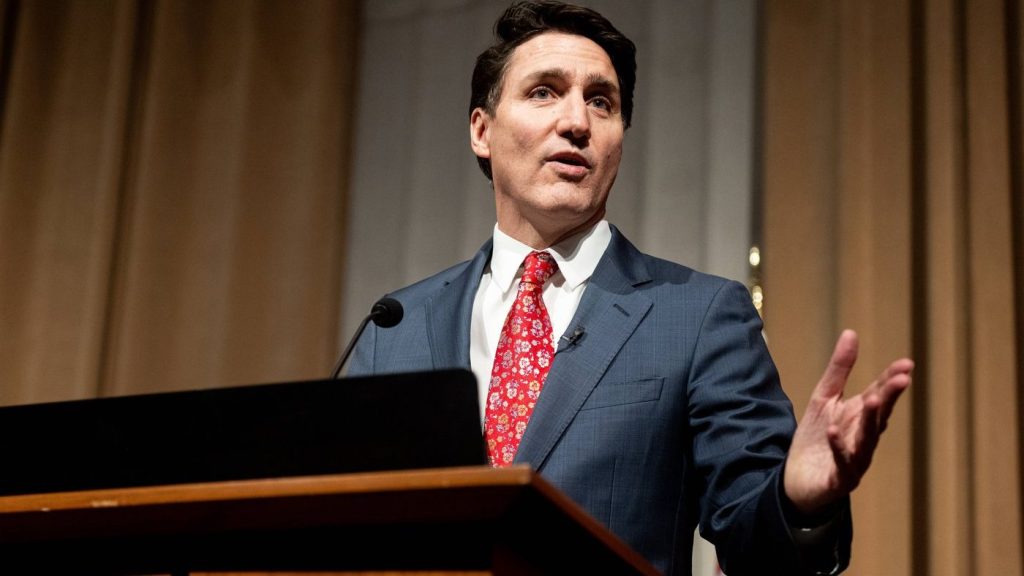Ambulance wait times increasing in Winnipeg
Posted April 12, 2023 6:41 pm.
Last Updated April 15, 2023 12:02 pm.
After a fall that broke her leg, Debbie Boissonneault, president of Cupe Local 204, says she waited 30 minutes for an ambulance to arrive. The delay left her with very little choice.
“I just went outside my house and I slipped off my bottom stair, it had some ice on it, when I fell I heard something crack,” explained Debbie Boissonneault.
“The phone rings and my husband answers it and it’s the ambulance saying, ‘I’m very sorry, we have a delay and we’re coming but, it’ll still be a little bit of time.’ And started asking questions and I was in quite a bit of pain and crying. So my husband said we’re going to have to get her to the hospital we can’t wait any longer, we’ve been waiting for 30 minutes, and they said they understand and that’s where the conversation ended.”
Since 2019, there has been an increase in ambulance wait times, with a rise of just over five minutes. Last year, wait times for high-acuity calls was nearly 20 minutes.
“I would say every minute you wait when there’s a 911 call is significant,” said Kyle Ross, president of Manitoba Government and General Employees’ Union (MGEU).
According to the Winnipeg Fire Paramedic Service, the goal is to have a provider by the patient’s side in less than nine minutes.
Ross says the shortage of paramedics is what’s causing the rise of ambulance wait times. According to the Winnipeg Fire Paramedic Service, the goal is “to have a provider by the patient’s side in less than nine minutes.”
“We need more paramedics hired, we need more paramedics trained so we can bring those numbers down because there’s just not enough people to do the work,” said Ross.
According to Ross, since the pandemic, paramedics have been stretched thin, which is resulting in burnout.
“Besides hiring we can do community medicine…now we don’t have an ambulance going to a low-acute call where they can actually go to high-acute calls and the low-acute calls can be handled by community paramedicine which will alleviate some of the stress on the system,” said Ross.
The Winnipeg Fire Paramedic Service currently has 17 ambulances that operate 24/7 and an additional 11 during peak hours. They also have three community paramedic units on every shift.
WFPS says they’re working on the negotiation of a new service agreement with Shared Health and are unable to speak to the details of those discussions.
“And we saw a firetruck pass us the other way, and they did show up in my house and they were saying there’s been a lot of overdoses, we’re very sorry. Even if the firemen could help me get into a vehicle but we had nothing. We had to figure it out on our own,” said Boissonneault.








